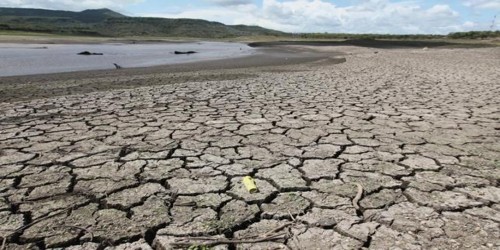Droughts
The term ‘drought’ is applied to an extended period when there is a shortage of water availability due to inadequate precipitation, excessive rate of evaporation and over-utilization of water from the reservoirs and other storages, including the groundwater. It is a prolonged period of abnormally low rainfall, leading to a shortage of water. Most people think of a drought as a period of strangely dry weather that persists long enough to reason problems such as crop spoil and water supply shortages. But because dry conditions develop for different reasons, there is more than one definition of drought.
Drought is a complex phenomenon as it involves elements of meteorology like precipitation, evaporation, evapotranspiration, groundwater, soil moisture, storage, and surface run-off, agricultural practices, particularly the types of crops grown, socio-economic practices and ecological conditions. In the most general sense, drought originates from a deficiency of precipitation over an extended period of time, usually a season or more, resulting in a water shortage for some activity, group, or environmental sector.














